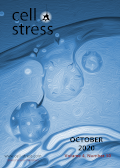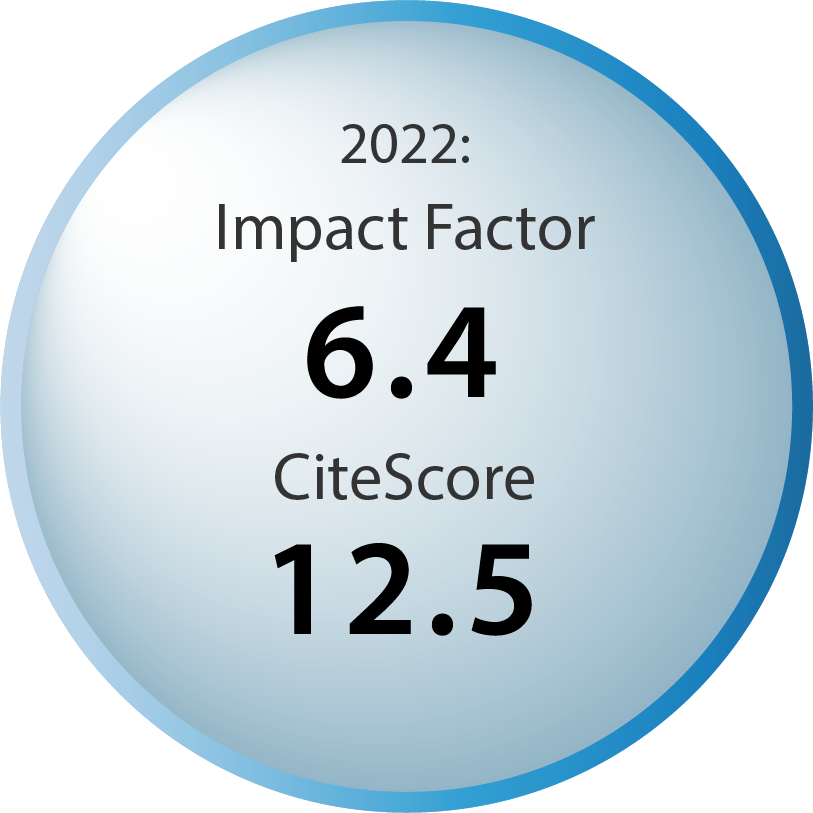Table of contents
Volume 4, Issue 10, pp. 230 - 251, October 2020
Cover: This month in
Cell Stress: Endocytosis in the adaptation to cellular stress. Image source: https://www.scientificanimations.com licensed under the
CC BY 4.0 license. Image modified by
Cell Stress. The cover is published under the
CC BY 4.0 license.
Enlarge issue cover
Endocytosis in the adaptation to cellular stress
Tania López-Hernández, Volker Haucke and Tanja Maritzen
Reviews |
page 230-247 | 10.15698/cst2020.10.232 | Full text | PDF |
Abstract
Cellular life is challenged by a multitude of stress conditions, triggered for example by alterations in osmolarity, oxygen or nutrient supply. Hence, cells have developed sophisticated stress responses to cope with these challenges. Some of these stress programs such as the heat shock response are understood in great detail, while other aspects remain largely elusive including potential stress-dependent adaptations of the plasma membrane proteome. The plasma membrane is not only the first point of encounter for many types of environmental stress, but given the diversity of receptor proteins and their associated molecules also represents the site at which many cellular signal cascades originate. Since these signaling pathways affect virtually all aspects of cellular life, changes in the plasma membrane proteome appear ideally suited to contribute to the cellular adaptation to stress. The most rapid means to alter the cell surface proteome in response to stress is by alterations in endocytosis. Changes in the overall endocytic flux or in the endocytic regulation of select proteins conceivably can help to counteract adverse environmental conditions. In this review we summarize recent data regarding stress-induced changes in endocytosis and discuss how these changes might contribute to the cellular adaptation to stress in different systems. Future studies will be needed to uncover the underlying mechanisms in detail and to arrive at a coherent picture.
Targeting immune-checkpoint inhibitor resistance mechanisms by MEK inhibitor and agonist anti-CD40 antibody combination therapy
Daniel Baumann and Rienk Offringa
Microreviews |
page 248-251 | 10.15698/cst2020.10.233 | Full text | PDF |
Abstract
The widespread application of immune-checkpoint blockade (ICB) has resulted in unprecedented response rates in patients with immunogenic cancers, such as melanoma and lung cancer. However, sub-groups of patients with these indications do not respond to ICB, and the same applies to patients with other cancer types. Mechanisms of resistance to ICB include low tumor immunogenicity associated with low T cell infiltration (‘cold’ tumors), suppression of anti-tumor immunity by immunosuppressive cells in the tumor microenvironment (TME), lack of antigen-presentation and immune escape (e.g. by downregulation of MHC-I on tumor cells) as well as oncologic pathways that suppress immune responses. Combination strategies, involving cytostatic drugs, harbor the potential to overcome refractoriness to immunotherapy. However, suppression of immune cell function by cytostatic drugs may limit the efficacy. In our study, we show that combination treatment of targeted inhibition of mitogen-activated protein kinase (MAPK) kinase (MEK) and agonist immunostimulatory anti-CD40 antibody (Ab) is particularly suitable in counteracting aforementioned ICB resistance mechanisms (Fig. 1).



